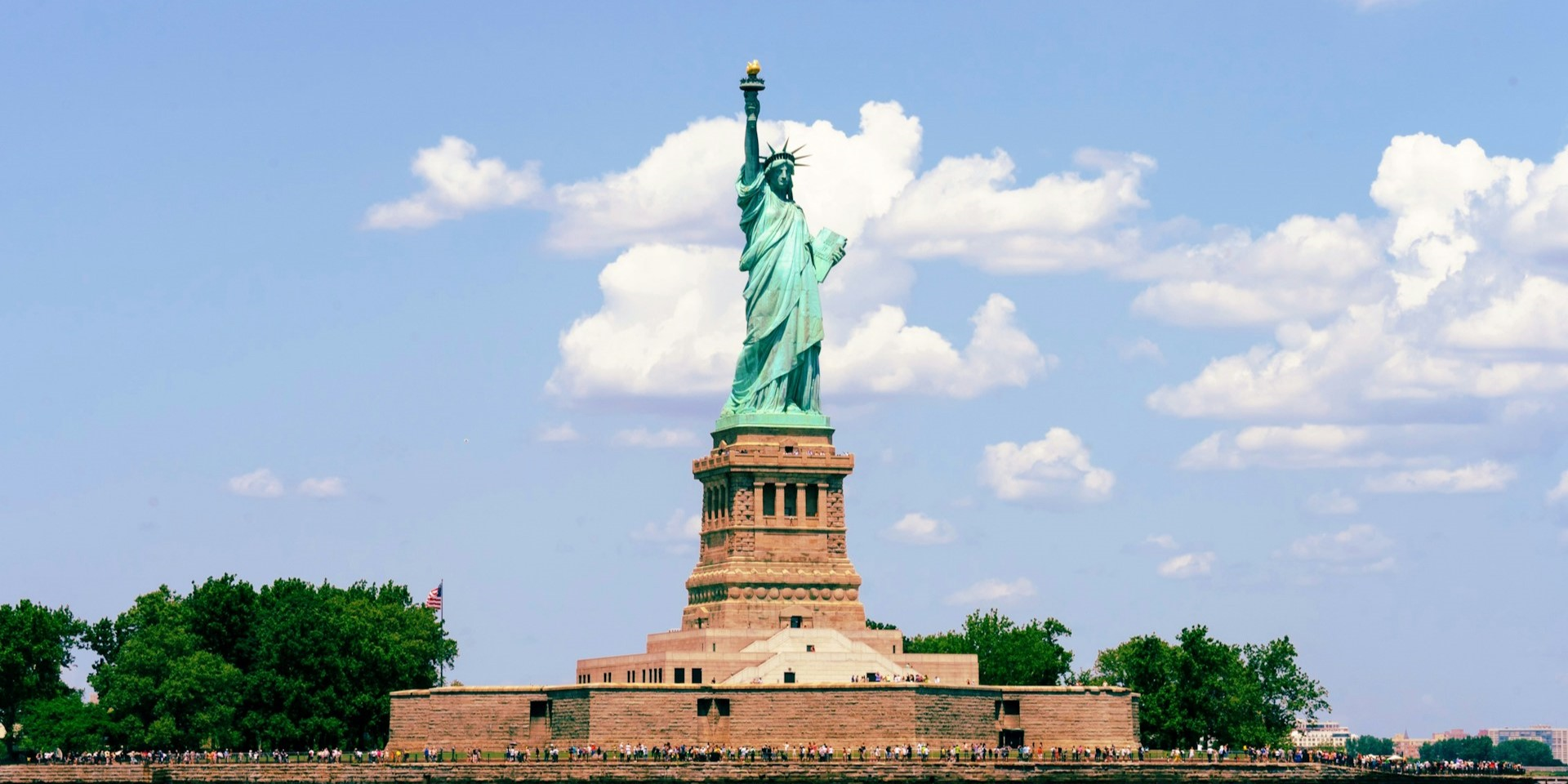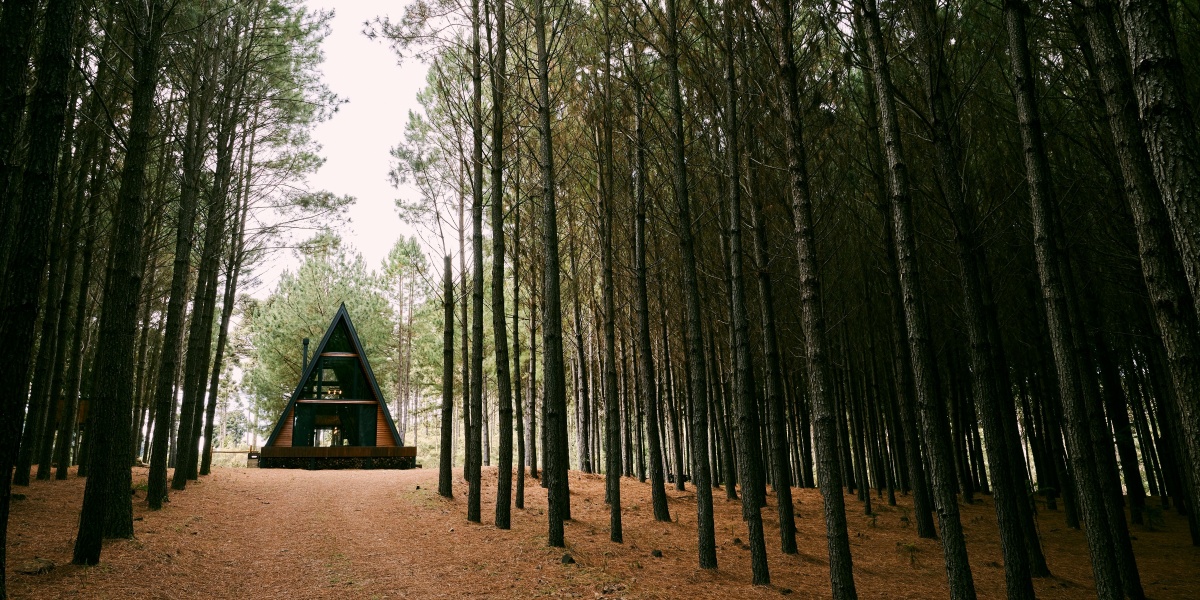What Makes Today’s Bridges So Impressive?
Across continents and cultures, bridges have always symbolized progress, innovation, and connection. In today’s world, impressive bridges are not just feats of engineering — they are artistic, architectural, and technological marvels. These structures stretch across vast rivers, deep valleys, and busy cityscapes, often pushing the limits of what was once thought possible. But what exactly makes a bridge stand out in the modern age?
Read Also: Why Techwear Rocks: Unraveling the Hype!
How Do Bridges Reflect Human Innovation?
Modern bridges reveal a lot about society’s ability to overcome natural challenges. Engineers now use advanced materials, computer modeling, and construction methods that were unthinkable just decades ago. These innovations allow bridges to span longer distances, carry heavier loads, and withstand natural disasters like earthquakes and hurricanes.
For example, the use of carbon fiber-reinforced polymers and high-performance concrete enhances both strength and durability. At the same time, aerodynamic designs and seismic dampers increase a bridge’s resilience. The result is a new generation of structures that are as functional as they are visually striking.
What Design Elements Define Today’s Impressive Bridges?
Design plays a major role in setting impressive bridges apart from the ordinary. While safety and structural integrity are priorities, visual appeal and harmony with the surrounding landscape are increasingly important. Some bridges are designed to blend in, while others are built to stand out.
Architects often incorporate local culture, history, or symbolism into their work. For instance, the form of a bridge might mimic a traditional object or a natural shape relevant to the region. Lighting design is also key. LED systems now enhance nighttime visibility and transform bridges into landmarks after dark.
Many of today’s most talked-about bridges are suspension or cable-stayed structures. These designs not only allow for wide spans but also create a dramatic silhouette that can define a city skyline or coastal region. The visual elegance of these bridges, combined with their engineering precision, earns them global recognition.
Where Are Some of the World’s Most Impressive Bridges Located?
Several countries have become known for their commitment to bridge building on a grand scale. In China, massive infrastructure development has led to a surge in record-breaking projects. The Duge Bridge, for instance, towers over a deep river gorge, standing as one of the highest bridges in the world. Its construction required remarkable planning and bold execution.
In Europe, countries like France and Portugal have built bridges that merge aesthetic refinement with engineering power. The Millau Viaduct in southern France is a striking example. It stretches across a wide valley and appears to float above the clouds. Designed by Norman Foster, this bridge is admired as much for its beauty as for its structural ingenuity.
Meanwhile, Japan and South Korea continue to push technological limits, especially in earthquake-prone areas. Their bridges often feature cutting-edge materials and shock-absorbing foundations that allow them to endure extreme seismic activity.
How Do Bridges Influence Urban and Economic Development?
Bridges are more than just transportation links. They play a crucial role in regional growth and urban development. When well-placed, impressive bridges open access to trade, tourism, and services that were once difficult to reach. They reduce travel times, connect communities, and even reshape city planning.
Consider bridges that link islands or cross bays. These connections can transform local economies by encouraging investment, mobility, and cultural exchange. In urban environments, pedestrian bridges enhance walkability and encourage non-motorized transportation, which contributes to a cleaner, more livable city.
In some places, bridges have also become destinations in their own right. Tourists flock to see them, walk across them, or photograph them. Their impact on local economies goes beyond function, becoming a source of regional identity and pride.
What Challenges Do Modern Bridge Builders Face?
Despite progress, constructing impressive bridges comes with serious challenges. Geography, climate, and environmental regulations all influence a project’s complexity. Building in mountainous terrain, over deep water, or in high-wind zones demands specialized solutions and rigorous planning.
Environmental impact is another concern. Large-scale projects can affect wildlife habitats, water quality, and local ecosystems. Many engineers and planners now work with environmental scientists to reduce these effects, using sustainable materials and minimizing disruption during construction.
Maintenance is also a growing priority. Older bridges require retrofitting to meet modern standards, while new bridges must be built with long-term durability in mind. Corrosion-resistant materials and sensor systems are being used more often to detect early signs of wear and stress.
How Are Smart Technologies Changing Bridge Design?
The latest impressive bridges often include smart technology. These features allow real-time monitoring of load, movement, temperature, and vibration. Sensors embedded in the structure send data to maintenance teams, enabling faster response to potential problems.
Smart bridges also integrate energy efficiency. Solar panels, kinetic paving, and energy-saving lighting systems reduce environmental impact and operating costs. Some bridges are even designed with modular components, allowing parts to be updated or replaced more easily over time.
Digital modeling and artificial intelligence are transforming how bridges are planned and tested. Virtual simulations allow engineers to predict how a bridge will perform under different conditions, improving safety and reducing costly mistakes.
Read Also: The Life of Jesus Christ on Screen: A Cinematic Journey
What Does the Future Hold for the World’s Impressive Bridges?
The future promises even more bold and creative bridge designs. Floating bridges, underwater tunnels, and flexible materials are already being explored. As cities grow and technology advances, the demand for resilient, sustainable, and architecturally daring structures will only increase.
Global collaboration among engineers, designers, and urban planners is expanding possibilities. Countries are learning from each other’s successes and mistakes, creating an international dialogue that fuels progress.
In the coming years, impressive bridges will continue to serve not only as vital infrastructure but also as statements of human ingenuity. They will reflect the values, priorities, and artistic vision of the societies that build them.








